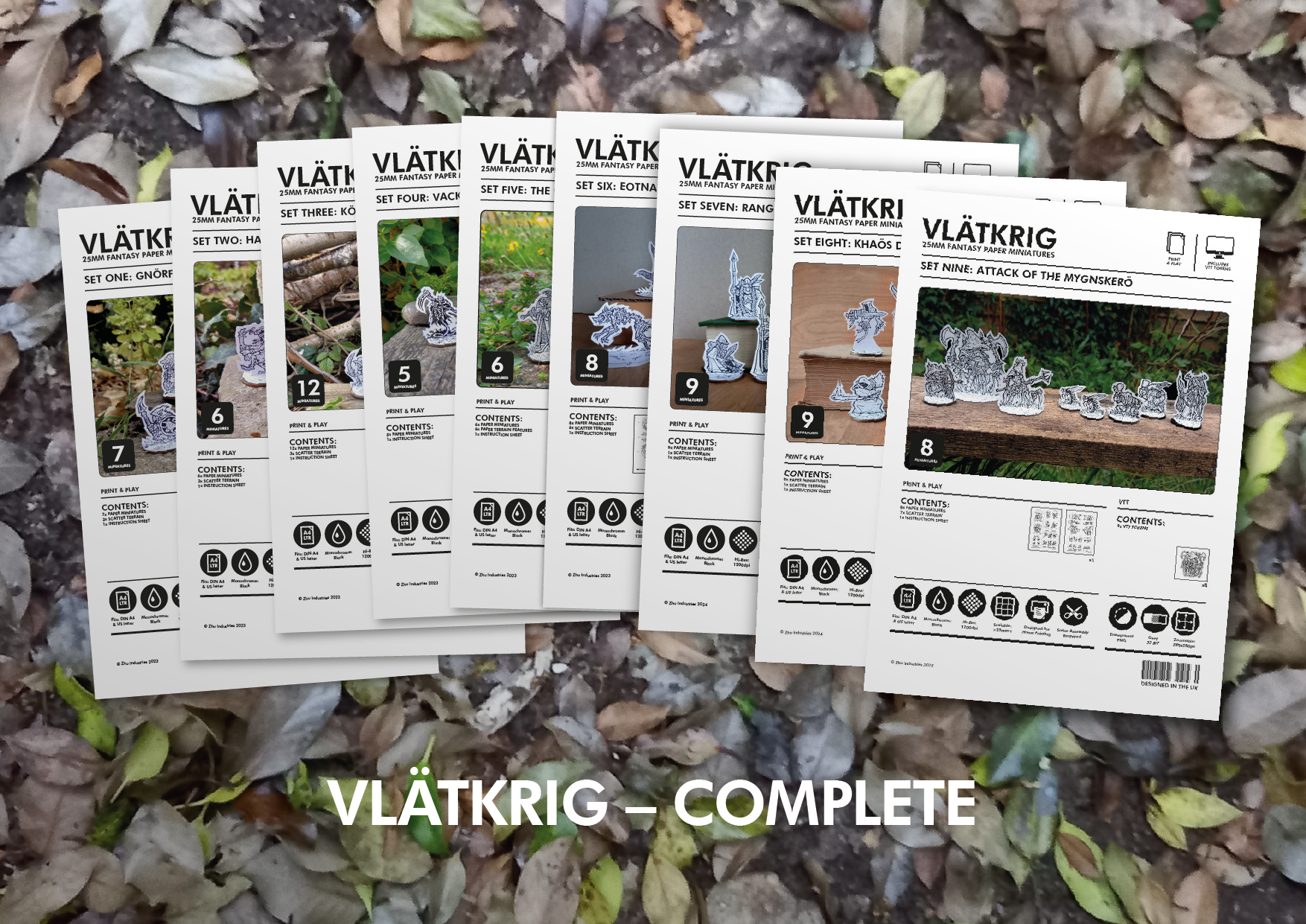"I am hyred with you to do my symple servise & not to fight with bugbeares;
O what a noyse was this, those shrikes, those cries, that cruell roringe fitte
though the nyght be quyte past, ring in myne eares?"
The Buggbears (Anon) 1564
 |
| Bugbear Champion |
Meridian Miniatures Bugbear champion is something of a homage to the 1980 Grenadier Miniatures Bugbear, which was based on concept art by Jeff Dee and was kickstarted into production back in august last year.
And now Meridian are back Kickstarting a Bugbear Tribal Pack of five more Bugbear miniatures. I am lucky enough to have had a sneek preview of the models, so here are a few quick shots. Of course there are much better photos of the original sculpts on the Kickstarter page, but sometimes it's nice to get a sense of what some bare metal looks like on an overcast winters day, photographed with a cheapo digital camera.
And now Meridian are back Kickstarting a Bugbear Tribal Pack of five more Bugbear miniatures. I am lucky enough to have had a sneek preview of the models, so here are a few quick shots. Of course there are much better photos of the original sculpts on the Kickstarter page, but sometimes it's nice to get a sense of what some bare metal looks like on an overcast winters day, photographed with a cheapo digital camera.
 |
| Bugbear Mamma |
 |
| Bugbear Shaman |
 |
| Bugbear Kids |
The creatures in the Tribe are something of a homage to Jez Goodwins 1985/6 sculpts for the Citadel ADD range, the character designs are similar, but there is a clear update in terms of style and posing, The heads, while still large, are not quite as massive, making them a little more human-proportioned.
Bugbears as huge hairy goblins don't really exist before they emerged from the caves of Dungeons & Dragons. The word Bugbear is used modern sense of "a false, unwarranted fear" as early as 1649 - Milton in his Eikonoklastes summons the Bugbear to characterise Royalist objections to reformation. Even the 17th century theatrical fake poltergeists of The Buggbears are even more amusing if we take the word Bugbear is understood by the audience not as a 'real' spirit, demon, sprite or goblin, but as rhetorical device indicating 'an object of imagined fear'. As Gillian Mary Edwards notes in her 1974 Hobgoblin and Sweet Puck: Fairy Names and Natures "The actual bugbear remains nebulous, for no quotation I can find identifies it as a bear or any other creature."
When the Bugbear finally arrived in D&D they were originally portrayed as a hideous pumpkin headed, slasher movie, folk horror weirdo at a halloween rave. This freaky urban legend re-appeared in Runequest (1978) as a Jack O'Bear, which in turn prompted a miniature from Citadel (1982) that looks almost exactly like the 1977 Dungeons & Dragons artwork. Fortunately for us hairy gobliniophiles, Dave Sutherland went in a new direction for the Monster Manual, which became the defacto Bugbear design, clearly followed by Jeff Dee when producing the concept art for Grenadier / TSR, which in turn are the seed of the Meridian Bugbear Champion.
Unlike the phantom furry goblins, what do seem to have existed in the medieval imagination, however, are the Woodwose, or Wild Men, which haunt the margins of medieval manuscripts and appear in heraldry as both chargers and supporters, and sort of appear in Tolkiens The Lord of the Rings as the Woses or Drúedain. Perhaps the medieval Woodwose influenced Dave Sutherlands drawing for the 1977 Monster Manual, the armoured right arm on 1511 Breviary manuscript might suggest so, but who knows.
Time to pull out my old Warhammer Bugbear Army List, and maybe update Sub-chief to Champion...
 |
| Bugbears. Warhammer. You know it makes sense. |
Meanwhile, have a look at Meridian Miniatures Bugbear Tribe Kickstarter



Awesome, I love learning about the origins of these fantasy villians.
ReplyDeleteCheers. I really like the way the go from 'imaginary monsters' to 'imaginary monsters' with completely different meanings of those words!
DeleteI sort of miss that pumpkin-headed version.
ReplyDeleteRoot vegetable faced psychos remind me of Raggedy from Rupert Bear.
DeleteOr Worzel Gummidge!
Delete(although "psycho" is perhaps a bit harsh in that case)
The Monster Manual version was by David Sutherland, not Tramp.
ReplyDeleteOf course it was.
Deleteyou're actually wrong, there were early Citadel Miniatures (Games Workshop) Bugbears, but they looked different from the description of huge hairy goblins. They looked like bugeyed lanky gollum-like beings.
ReplyDeleteI'm not sure how deliberately leaving out Tom Meiers Ral Partha Bugbears (distributed by Citadel Miniatures) is 'wrong' as they don't follow the design pattern of the D&D "Giant Hairy Goblin" Bugbear that Andrews awesome sculpts do, and so aren't really relevant.
DeleteHowever, you might be happy to know your use of the past tense is actually wrong - Ral Partha Legacy have revived the early 80s Citadel Bugbears and they still are gangly bug-eyed creatures.